|
Henry Alken, Snr
(1785 - 1850)
Title: Setting off
Technique: oil on sized paper adhered to canvas
Signature: present, bottom right corner
Dimensions: 30 x 43 cm
Frame: Wooden, gesso moulded, gilded gold
Treatment: October β December 2006
PRELIMINARY CONDITION REPORT
SECONDARY SUPPORT: This is a wooden canvas strainer with fixed corners (width: 48mm thickness: 12 mm). Its general condition is good. This strainer may be a later addition, as paper was the artistβs original primary support before it was adhered to canvas.
The following inscriptions can be seen on the top right-hand side of the strainer:
James Bourlet & Sons, Ltd.,
Fine Art Packers, Frame Maker
C 23863
17 & 18, Nassau Street,
Mortimer Street, W.
Phone- Museum 1817 & 7588
The label is made from fine pulp paper with black ink print. A second label reads β5β on the right hand side using a similar type of paper and ink but appears darker in colour. A third label shows the Iziko Sang accession number on the left hand side. A fourth label can also be seen, which seems to be a number but this cannot be read as the Iziko Sang accession label is adhered over this.
PRIMARY SUPPORT: The primary support is a fairly thin paper, dark ochre/burnt sienna in colour, that has been adhered onto a medium-weight tabby weave canvas. Both appear to be in a sound condition. Evenly-placed tacks attach the canvas to the strainer. They appear to be slightly rusted. The tacking margin is 30mm in width. Some dirt was caught between the canvas and strainer.
GROUND: There does not appear to be a ground, however the paper appears to have been sized with animal-skin glue, as it is slightly glossy.
PAINT LAYER: The artist has applied the paint thinly. Extensive drying cracks can be seen, and these are covered with over-paint that is thicker in texture and of a darker colour. A strainer-bar mark can be seen and this would suggest that if the strainer was indeed a later addition, it would have been added not long after the work was completed.
VARNISH LAYER: The natural resin varnish layer is discoloured and a layer of surface dirt also covers this. This is not the original varnish.
TREATMENT CARRIED OUT
An initial photographic record was made and this was kept up throughout the treatment.
Tests were carried out to remove the surface dirt. After the appropriate reagent was found, cleaning proceeded safely and effectively.
Following tests including a safety margin-cleaning test, an organic solvent was found to remove the discoloured varnish layer. Cleaning proceeded using a swab stick.
Over-paint was present, covering all the drying cracks and following tests, a mixture of organic solvents was used to remove this.
Dirt was removed from in-between the canvas and the stretcher bar and the back of the canvas was cleaned.
An isolating conservation varnish was applied using a brush. The losses in the areas of the drying cracks were retouched and a final conservation varnish was applied.
The frame was cleaned; both front and back, small losses were filled and retouched and the painting secured its frame using brass plates.
|
|
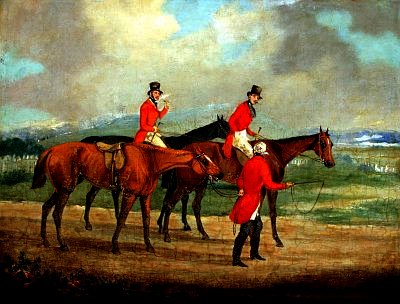
Whole front, before treatment
|
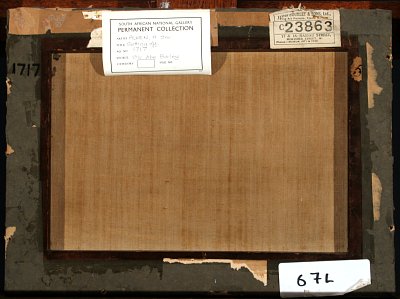
Whole back, before treatment
|
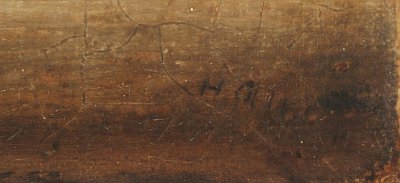
Detail of signature
|
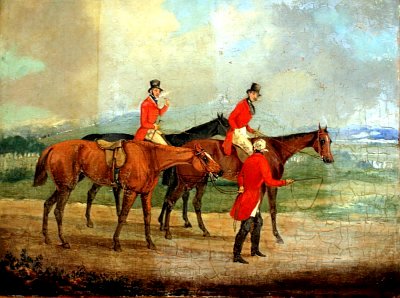
Whole front, during surface dirt and varnish removal
|
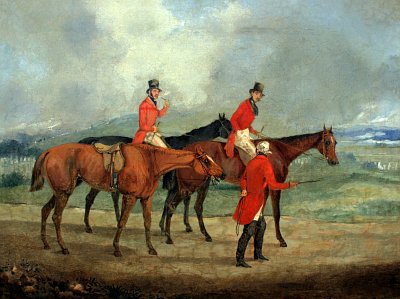
Whole front, after treatment
|
|





